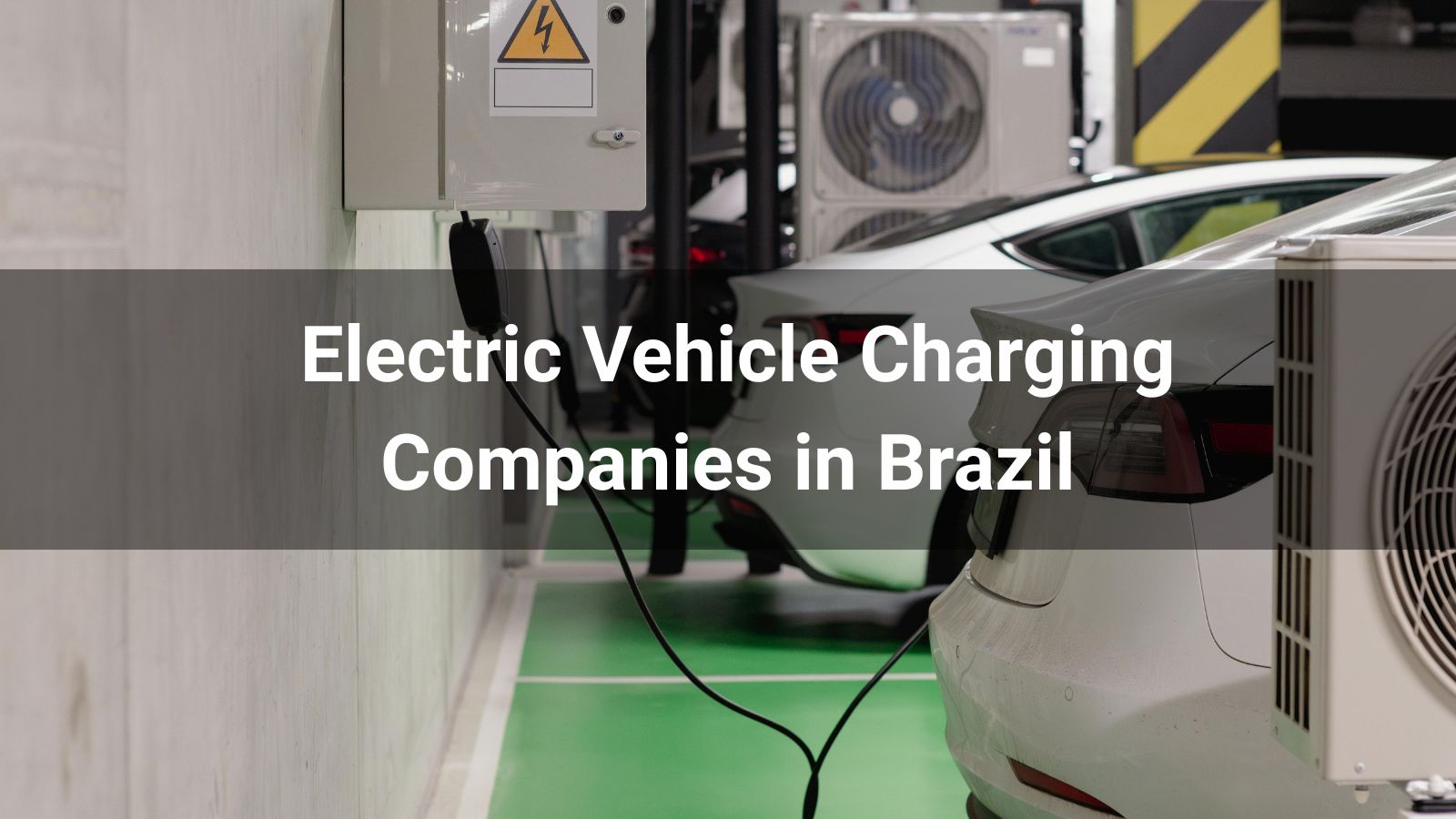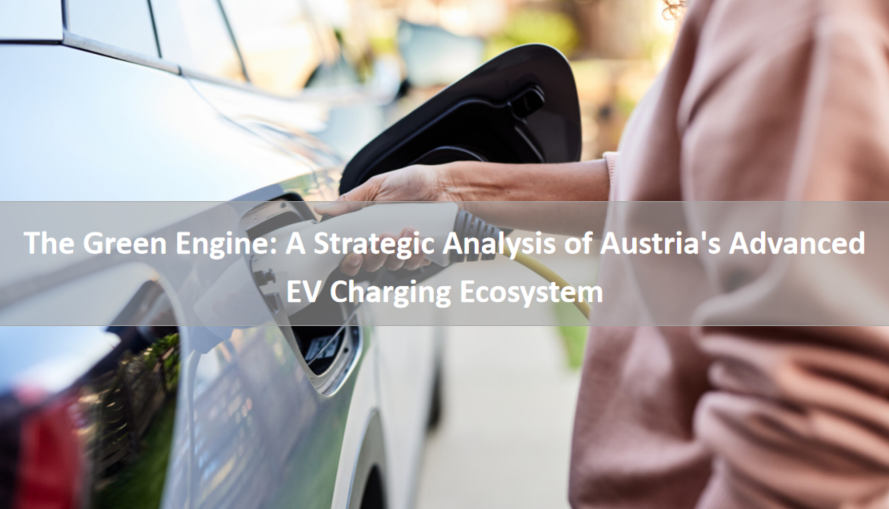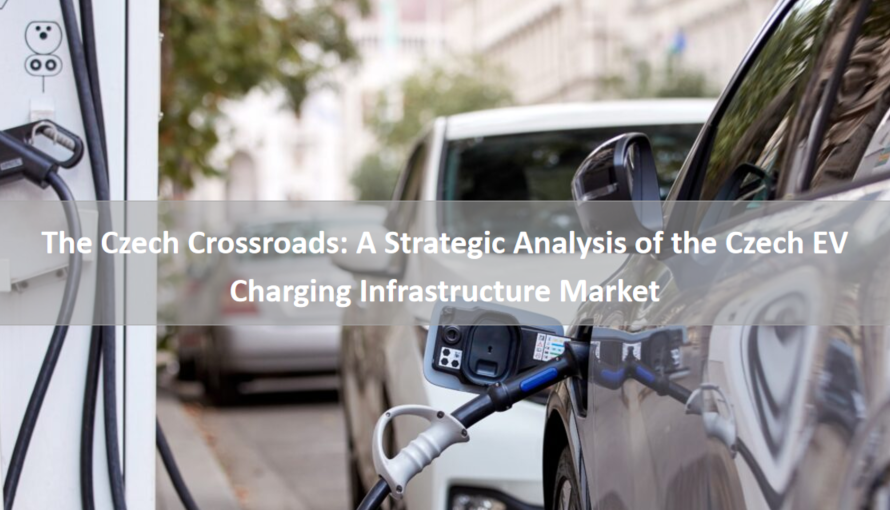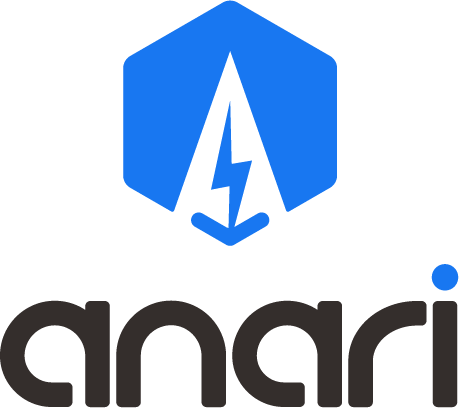_1754117948_WNo_1600d900.webp)
Romania is rapidly positioning itself as a key player in Eastern Europe’s electric vehicle (EV) transition, driven by supportive national policies, EU alignment, and a burgeoning automotive sector. This industry research report, crafted for operators, installers, and distributors seeking to capitalize on Romania’s EV charging market, analyzes national policies, market size, development status, opportunities, and challenges. Backed by EU funding and Romania’s National Recovery and Resilience Plan (NRRP), the country targets 30,000 charging points by 2026. The EV market is projected to grow from 20,000 vehicles in 2025 to 120,000 by 2030 at a CAGR of 43.1%, fueling demand for robust infrastructure. With over 4,000 charging stations already operational, led by private players like Renovatio, Romania is a regional leader. Opportunities include leveraging EU funds, Romania’s 15% renewable energy mix, and multi-standard DC chargers, while challenges such as high costs, regulatory complexity, and grid constraints persist. Anari Energy’s Vulco DC Series offers tailored solutions to address these barriers, ensuring compatibility and scalability. Strategic recommendations focus on partnerships, regulatory alignment, and consumer engagement to drive success in Romania’s dynamic EV market.
Romania’s national policies for EV charging infrastructure are robust, driven by EU directives, the NRRP, and tax incentives, targeting 30,000 charging points by 2026. However, regulatory complexity and bureaucratic delays risk slowing implementation, requiring streamlined processes to maximize impact.
Romania’s policy framework aligns with EU climate goals to achieve carbon neutrality by 2050 and leverages its automotive industry, including Dacia’s EV production. Key policy elements include:
The NRRP allocates €370 million for EV charging infrastructure, targeting 30,000 charging points by 2026, including 5,000 high-power stations (≥50 kW). This aligns with the EU’s Alternative Fuels Infrastructure Regulation (AFIR), mandating one 150 kW charger per 60 km on TEN-T highways.
Tax incentives, such as zero VAT on EVs and subsidies up to €10,000 per vehicle, mirror Belarus’ presidential decrees but are more aligned with EU standards, driving demand.
The Ministry of Energy’s ElectricUP program provides up to €100,000 per project for private operators to install charging stations, targeting SMEs and hospitality sectors. This resembles Côte d’Ivoire’s subsidy model but is more structured.
Romania’s integration of AHP-GIS for optimal charger placement, similar to Belarus, prioritizes urban centers like Bucharest and Cluj-Napoca and key highways.
Romania’s 15% renewable energy mix (hydropower, wind, solar) supports sustainable charging, with plans to reach 36% by 2030 via projects like the 1 GW Portul Constanța solar park.
Smart grid initiatives, including vehicle-to-grid (V2G) pilots, aim to optimize grid usage, aligning with Belarus’ nuclear-powered approach but leveraging diverse renewables.
While Romania adopts OCPP 1.6 and EU standards like CCS2, bureaucratic delays in permitting and grid connection, noted in industry reports, hinder deployment. This mirrors Belarus’ regulatory gaps but is exacerbated by EU compliance requirements.
Inconsistent local regulations across counties complicate installations, requiring harmonization to attract private investment.
Romania’s EV market is expanding rapidly, projected to grow from 20,000 vehicles in 2025 to 120,000 by 2030 at a CAGR of 43.1%, driving significant demand for charging infrastructure. With over 4,000 stations, the market is poised for further growth, supported by EU funding and private investment.
Romania’s EV market, with 20,000 vehicles in 2025 (up from 12,000 in 2023), is projected to reach 120,000 by 2030, driven by EU incentives, Dacia’s affordable Spring EV, and rising fuel costs. The CAGR of 43.1% surpasses Belarus’ 90.7% due to Romania’s EU integration.
Domestic production by Dacia and Ford Otosan supports market growth, unlike Kuwait’s import reliance.
As of 2025, Romania has over 4,000 charging stations, including 1,200 high-power (≥50 kW) units, led by Renovatio’s e-charge network. The NRRP’s €370 million investment targets 30,000 points by 2026, aiming for a 10:1 EV-to-charger ratio, aligning with global benchmarks.
The global EV charging market, projected to grow from USD 30.63 billion in 2025 to USD 257.33 billion by 2032 at a CAGR of 35.5%, underscores Romania’s potential as a regional hub.
Romania’s 4,000 stations surpass Belarus’ 1,200 and Kuwait’s 365, positioning it as a leader in Eastern Europe, though trailing Germany’s 100,000+ points.
The focus on high-power chargers aligns with China’s 85% fast-charger share, critical for Romania’s highway network.
Romania’s EV charging infrastructure is well-developed, with over 4,000 stations, led by private operators like Renovatio and supported by EU funding. However, urban-centric deployment, grid constraints, and limited super-fast chargers hinder broader adoption.
Romania operates over 4,000 charging stations, with 1,200 high-power units, primarily in Bucharest, Cluj-Napoca, and Timișoara, according to Electromaps data. Renovatio’s e-charge network leads, with 400+ stations, including 150 kW chargers.
The network supports 20,000 EVs, but only 10% are super-fast (≥150 kW), limiting long-distance travel compared to Belarus’ 350 kW stations.
Private operators like Renovatio, Enel X, and Eldrive drive deployment, leveraging EU funds and ElectricUP subsidies. This contrasts with Belarus’ state-led model, offering more competition.
Partnerships with automotive firms like Dacia integrate chargers into dealerships, similar to Kuwait’s Alghanim model.
Romania’s 15% renewable energy mix, with 3.5 GW from hydropower and wind, supports green charging. Projects like the Portul Constanța solar park enable co-located chargers, mirroring Tanzania’s hydropower approach.
Smart charging and V2G pilots, supported by Transelectrica, aim to optimize grid usage, though scalability is limited by grid capacity.
Romania’s 9 GW grid faces peak load challenges, with 20% of energy demand from transport. Uncoordinated charging could strain the system, as noted by the IEA.
Limited adoption of NACS/J3400, despite CCS2 dominance, risks compatibility issues with emerging EV models, similar to Belarus’ challenges.
Romania’s EV charging market offers substantial opportunities, driven by EU funding, renewable energy growth, and strategic geographic positioning. Multi-standard DC chargers, like Anari Energy’s Vulco DC Series, and public-private partnerships can accelerate growth and meet operator, installer, and distributor needs.
The €370 million NRRP and ElectricUP subsidies provide operators and installers with significant financial support, covering up to 100% of installation costs for SMEs, unlike Belarus’ state-driven model.
Distributors can leverage EU demand for high-power chargers to distribute scalable solutions like the Vulco DC Series.
Romania’s 15% renewable mix, targeting 36% by 2030, supports green charging hubs. Co-locating chargers with solar and wind projects, as in Côte d’Ivoire, reduces costs and grid dependency.
V2G systems, as in Europe’s ISO 15118-20 standard, create revenue streams for operators, with Anari’s Vulco DC Series enabling grid services.
Romania’s role in the TEN-T network and Black Sea trade routes supports charging corridors for logistics vehicles, similar to Kuwait’s GCC Railway plans.
Urban demand for two- and three-wheelers, as in Tanzania, offers a niche for battery-swapping stations and urban chargers.
Multi-standard DC chargers supporting CCS2, CHAdeMO, and NACS/J3400, like Anari’s Vulco DC Series, ensure compatibility with Romania’s diverse EV fleet, including Tesla and Dacia models.
Battery-swapping stations, successful in China with 50% of heavy-duty trucks, could support Romania’s growing electrobus fleet, reducing charging times.
Romania’s EV charging infrastructure faces challenges, including high installation costs, grid constraints, regulatory complexity, and consumer hesitancy. Solutions like Anari Energy’s Vulco DC Series can address these barriers, ensuring scalability and profitability.
High-power DC chargers (150–350 kW) cost USD 20,000–USD 100,000 to install, with grid upgrades adding USD 50,000 per site, similar to Belarus’ challenges. Low utilization rates reduce ROI for operators.
EU subsidies mitigate costs, but bureaucratic delays, noted in industry reports, hinder timely deployment.
Romania’s 9 GW grid faces peak load issues, with 20% of energy demand from transport. Uncoordinated charging risks outages, as highlighted by the IEA.
Grid upgrades, requiring €2 billion by 2030, face funding challenges due to Romania’s 50% GDP public debt.
Inconsistent local regulations and permitting delays, as in Belarus, complicate installations, requiring harmonization to meet AFIR standards.
Limited NACS/J3400 adoption risks compatibility issues with emerging EV models, mirroring Tanzania’s standardization gaps.
High upfront EV costs (1.5–2 times fossil-fuel vehicles) and range anxiety, noted by PwC, deter adoption, particularly outside urban areas.
Limited consumer awareness, as in Kuwait, requires education to boost demand.
Accelerate High-Power Charger Deployment
Operators should prioritize 150–350 kW multi-standard DC chargers, like Anari’s Vulco DC Series, along TEN-T highways and urban centers to meet NRRP targets.
Installers can leverage plug-and-play designs to reduce deployment time by 20%, ensuring compliance with AFIR standards.
Streamline Regulatory Compliance
Operators and distributors should advocate for OCPP 2.0 and ISO 15118 adoption to ensure interoperability, aligning with EU regulations.
Engage local authorities to harmonize permitting, reducing delays by 30%, as seen in successful EU markets like Germany.
Foster Strategic Partnerships
Operators and installers should partner with Anari Energy (www.anariev.com) to deploy cost-effective, high-power chargers, leveraging EU subsidies.
Distributors can collaborate with Dacia and Renovatio to distribute Anari’s Vulco DC Series, capitalizing on Romania’s automotive hub status.
Promote Consumer Adoption
Operators should launch campaigns via e-charge and Electromaps to highlight charger locations and EV benefits, addressing range anxiety through test drives, as in Côte d’Ivoire.
Distributors can offer leasing models with Anari’s chargers to reduce upfront costs, drawing on China’s incentives.
Leverage Renewable Energy and EU Funds
Operators should co-locate chargers with solar and wind projects, using Anari’s V2G-enabled Vulco DC Series to manage peak loads and generate revenue.
Distributors should target EU markets, leveraging Romania’s TEN-T role to distribute scalable solutions.
Romania is a rising star in Eastern Europe’s electromobility landscape, with over 4,000 charging stations and a projected EV market of 120,000 vehicles by 2030. EU funding, renewable energy growth, and private-sector leadership drive progress, but high costs, grid constraints, and regulatory complexity pose challenges. Anari Energy’s Vulco DC Series, with its multi-standard compatibility, energy efficiency, and modular design, addresses these barriers, offering operators, installers, and distributors a competitive edge. By leveraging partnerships, aligning with EU standards, and tapping Romania’s strategic position, stakeholders can unlock significant opportunities in this dynamic market. Contact Anari Energy at www.anariev.com to explore innovative charging solutions and drive Romania’s electric future.
Read more:







